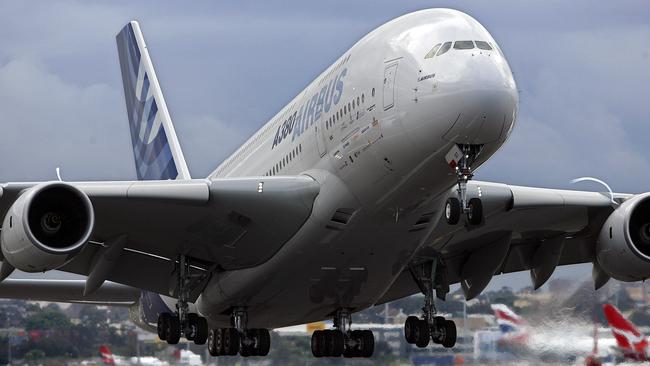Why the A380 failed: what doomed the Airbus super jumbo
When the super jumbo was rolled out, airports worried that the A380 was too big. That was the least of its problems.

When Airbus rolled out plans in 2000 to build the world’s biggest passenger jet — a 555-seat “super jumbo” — sceptics warned it would be too heavy, too tall and too long for many airports. Officials at the world’s biggest hubs scrambled to upgrade facilities to accommodate the behemoth.
Instead, what doomed the jet was something altogether different — a new breed of smaller jets that could bypass those giant airports in the first place.
Airbus said Thursday it would stop making the A380 in 2021, after orders dried up and some of the plane’s biggest early fans backtracked on commitments. Boeing realised around the time the A380’s development began that with technological advancements, like carbon fibre parts and super-efficient engines, it could make smaller jets that flew as far as the big boys.
Airlines, it turns out, preferred them to the A380 and Boeing’s own humpbacked giant, the 747. The smaller jets were easier to fill and could fly direct to more places around the world without funnelling through hubs. Airbus woke up to the new demand, and came up with its own smaller plane eventually.
Two decades ago, though, the threat to the A380 was very different. Passengers fretted the volume of suitcases spilling out of the plane’s massive baggage hold would overwhelm handlers. The deluge of arriving A380 passengers would be too much for immigration and customs checks. Others worried the plane — at half-a-million-tonnes, equivalent to about 240 large pick-up trucks — was just too heavy for their tarmacs.
Airbus avoided that problem by adding lots of wheels to distribute all that weight. The big airports envisioned for lots of A380 traffic, like Dubai, Singapore and London, added gate infrastructure to handle the bigger planes.
Many used more gangways connecting the cabin to the terminal, including separate gangways for the A380’s upper deck.
Airports also had more time than expected to adapt because Airbus hit so many delays in getting the A380 built. By the time the plane started passenger service in 2007, they were largely ready.
No hub embodies the A380 infrastructure challenge as much as Dubai International, the home of Emirates Airline. The state-owned carrier operates about half the global fleet of A380s. Many of the almost 90 million passengers flying in and out of Dubai last year travelled on an A380.
The airport has 37 gates specifically intended for A380 use, the airport operator says. It is adding 10 more. London Heathrow, which handles several airlines operating A380s, also built up.
The investment isn’t necessarily wasted. Many of the 200 A380s flying now could stay in service for years to come.
WSJ



